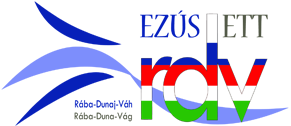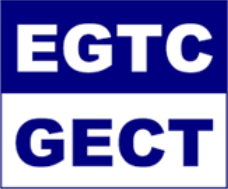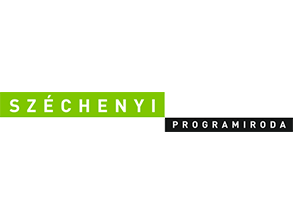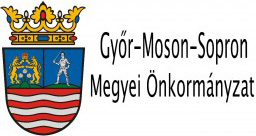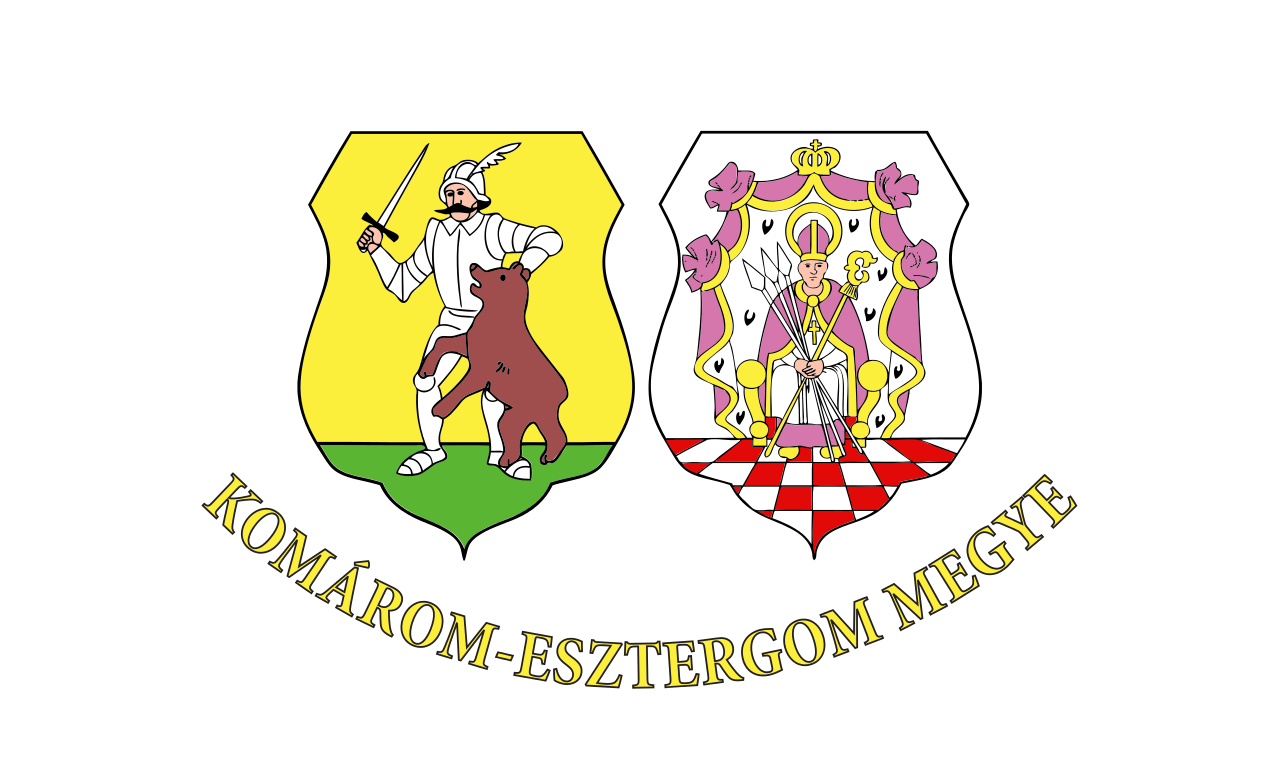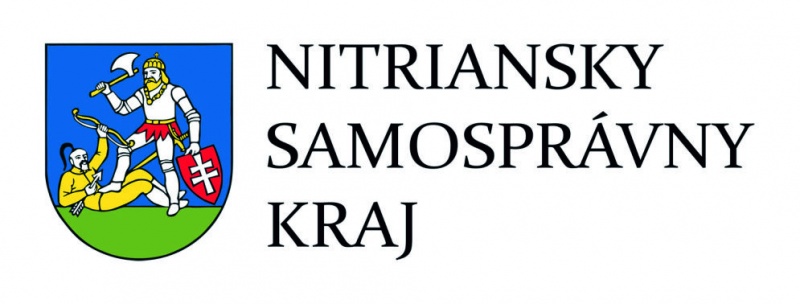Bratislava Region
Bratislava region, with a population about 625 000, is located in the southwestern part of Slovakia. With an area of 2052,6 km2, it is the smallest region in Slovakia. The Little Carpathians occupy the middle of the region’s territory. The border is formed by Hungary in the south, Austria in the west and Trnava Region in the east and north. The natural border is formed by the rivers Morava (Austria) and the Danube. The area consists of eight districts, 6 out of 73 municipalities received a city status. The capital of Slovakia, Bratislava is also located in the region.
The region was already inhabited during the Neolithic. It was characterized by two important trade lines: the amber road connecting the Baltic and the Adriatic Sea, and the Danube road connecting Western Europe and Asia.
Due to its favourable geographical location, the conditions for tourism development are excellent. Fabulous natural environment, natural waters, many historical monuments and long tradition characterises the region. The most visited destination by tourists is Bratislava, the capital of Slovakia. Bratislava is the former Hungarian coronation city, an important industrial, political, economic, university and cultural centre. Not only the diversity of programme activities, but also the picturesque old town, the castle and the unique panorama of the Danube attract the increasing number of visitors. Its historic centre offers a wide variety of cultural activities e.g. galleries, museums, street sculptures can be found there, the public transport is ensured by minibuses and trams. The tourists are attracted by the Kiskárpáti wine route, famous for folk and crafts art, gastronomy, quality wine. The royal towns of Búrszentgyörgy, Bazin and Modor are also popular, as well as the sunny lakes and the aquapark of Szenc; the castles of Dévény, Vöröskő and Detrakő; the ruins of Borostyánkő castle. Active tourists prefer the cycle paths along the rivers Moravia and the Danube, while those preferring relax can take a cruise on the Danube. The Hegyhát Landscape Protection Area offers excellent opportunities for hiking and fishing, surrounded by ruins of castles.
The driving force of the economic growth is the increasing industrial activity backed by excellent infrastructure, which is the most dominant among the regions of Slovakia. The region contributes to the country’s GDP by 30%. There are four industrial park in the region. The most significant sectors are petroleum refining, automotive, chemical, food, electrical and mechanical engineering industries. Slovnaft (chemical refiner), Istrochem (chemical producer) and Kablo (cable plant) play a key role in the region’s industrial activity.
The region has become one of the European centres of automotive industry, accounting for 30% of the total export of the country with contribution of Volkswagen Bratislava, Delphi Automotive Bratislava, Johnson Controls International, Faurecia and Enco Bratislava. The dominant players of food industry are Figaro (chocolate factory), Rajo (dairy products), Stein (brewery) and Vínoprodukt (winery).
About 47% of the region is agricultural land, which is the lowest percentage of area covered by agricultural land in Slovakia – only 4% of the agricultural area can be found there. In addition to wheat, corn, barley and oats, they grow significant quantities of industrial crop for utilization in food, textile and pharmaceutical industry. The region has extensive vineyards. The stocking density of the region is also below the national average, dominated by pig and cow farming.
The geographical benefit of the region can be explained by the fact that it is situated close to business hubs. The area is easily accessible by all means of transport – railways, highways, airport, and the river port is connecting Bratislava and Vienna.
